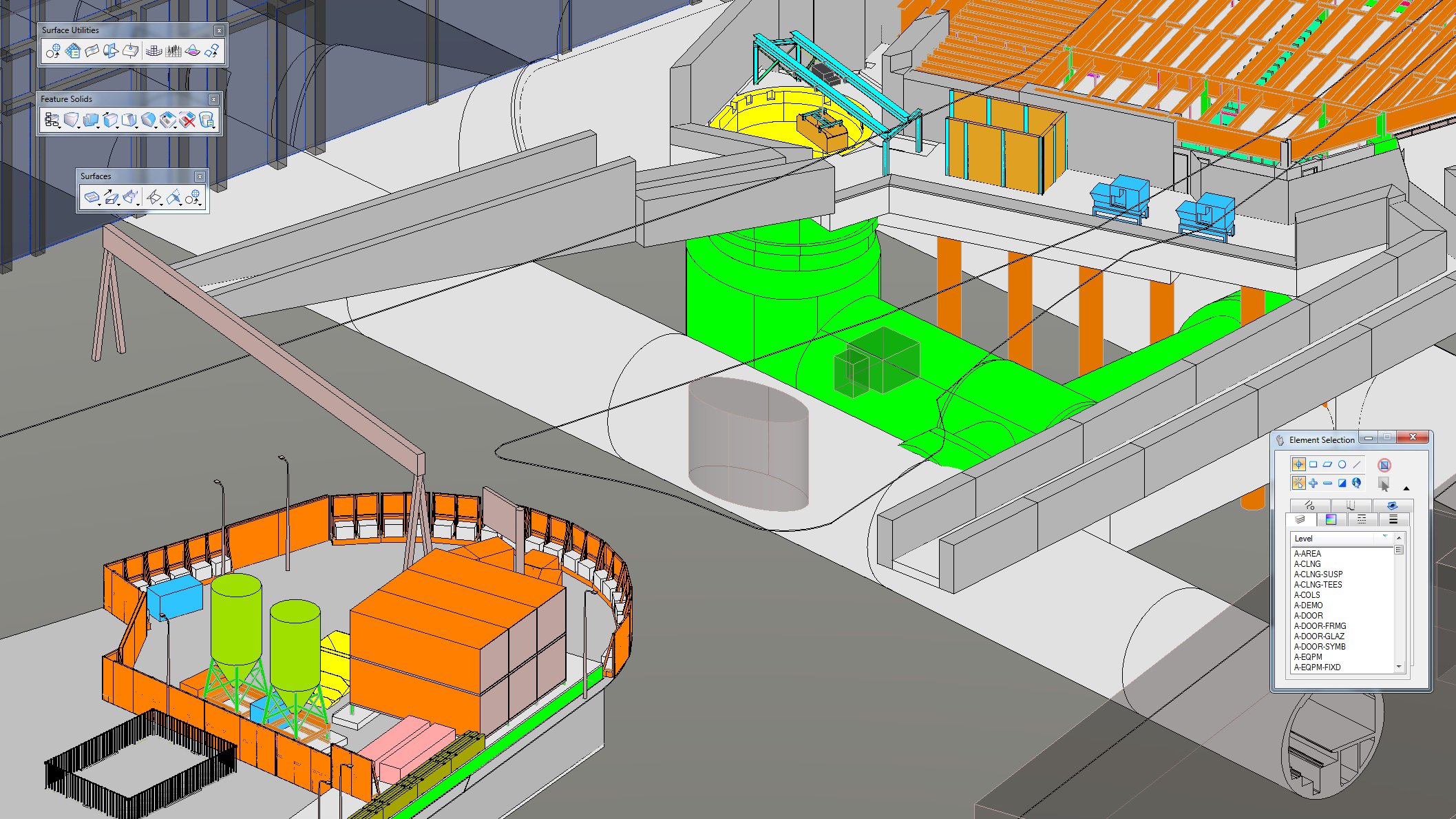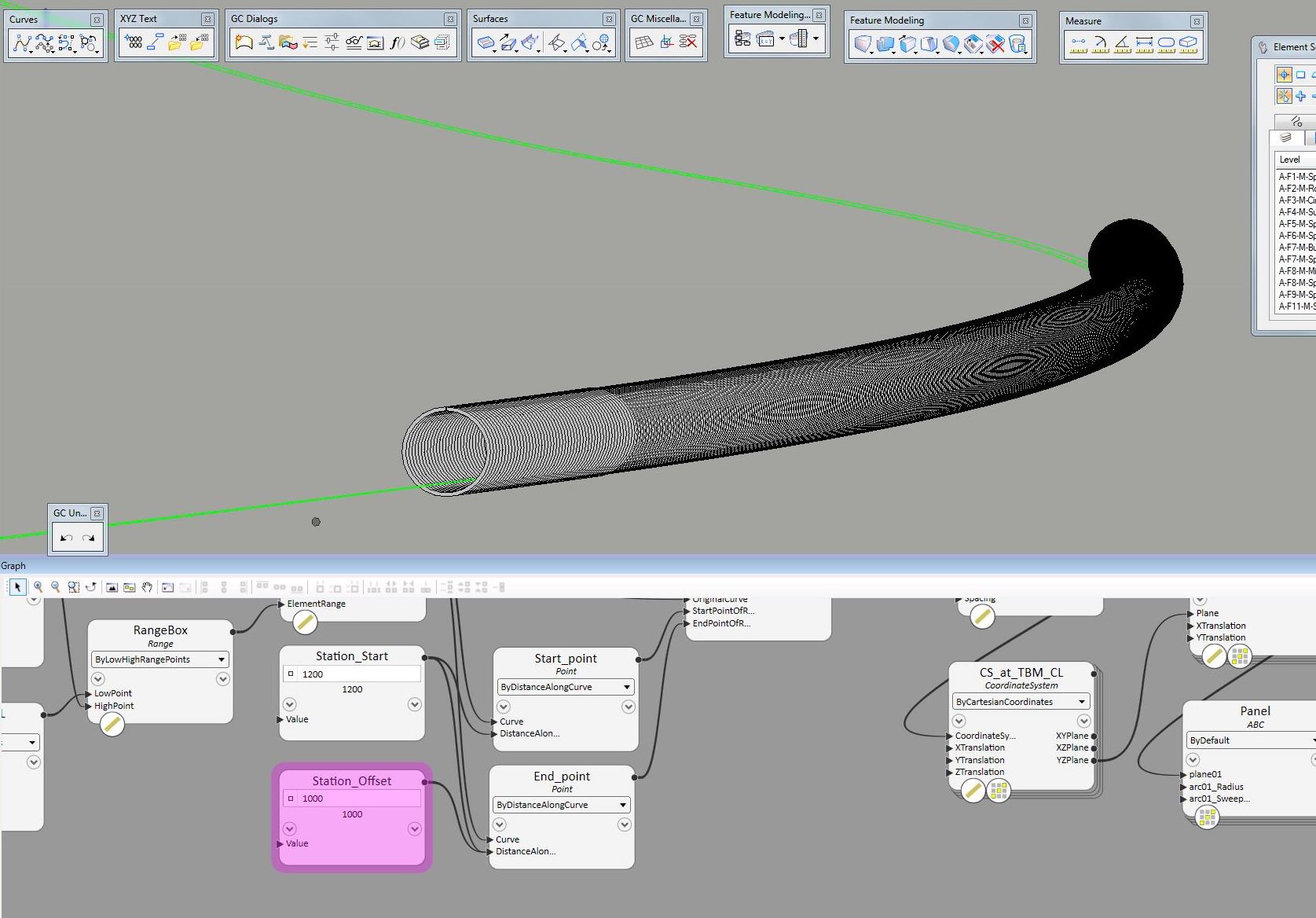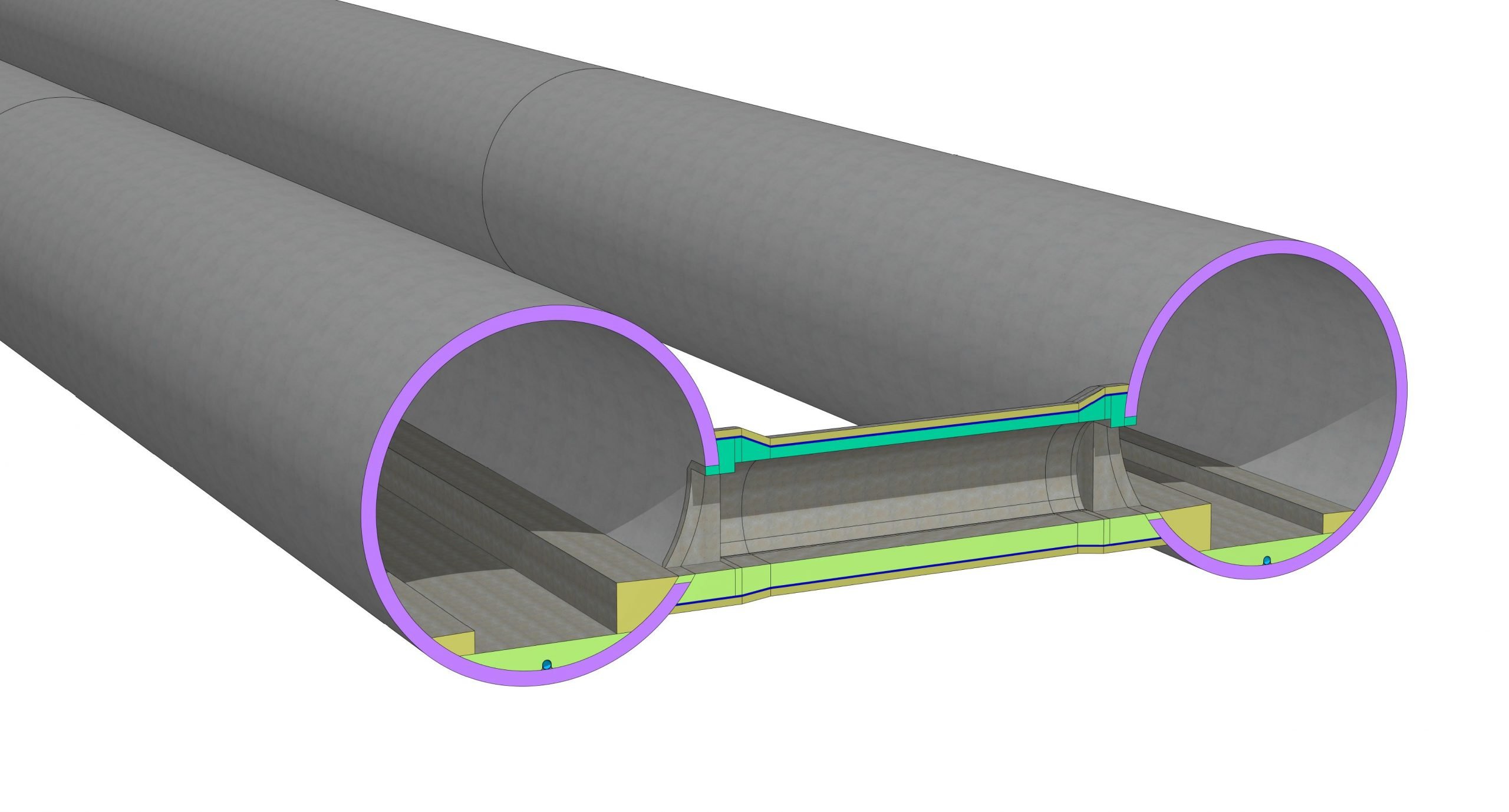BIM and Digital Twinning
We use our experience with Building Information Modeling and digital data management tools to increase collaboration, improve project delivery and simplify asset management.
Building Information Modeling (BIM) is changing how we design, build, and manage our infrastructure projects, and changing them quickly. More than ever before, the construction industry is employing a wide range of software and data management tools to improve communication and collaboration across parties and to streamline project management. Planning, design, construction and maintenance are being performed and recorded digitally across shared data management platforms, and the potential for project improvement seems boundless. BIM provides a powerful framework for our clients to control and observe their projects throughout their lifetimes, and the more insight our clients have into their projects, the better. Our engineers are intimately familiar with BIM concepts as well as with the current software environment. We provide our clients with the guidance and know-how to navigate today’s changing data environment as well as with the digital tools and methods to improve project execution and delivery.
Digital Solutions Across a Project’s Lifetime
With all the new methods and software available today, we believe that the most important step in successful digital data management is to determine what is needed for a project and when. Whenever possible, we support our clients to develop centralized, shared digital data platforms during early development stages in order to improve interdisciplinary communication throughout a project’s lifetime. We also recognize, however, that not all projects start with BIM in mind. Even if a project didn’t begin on BIM foundations, digital data management technologies can provide benefits to a project at any step of the way.
During the design process, we employ 3D, 4D or 5D planning to accurately determine what should be built, when it should be built, and how much it should cost. During construction, our engineers can provide our clients with accurate models to compare as-designed with as-built models in order to ensure that what has been built is, in fact, what should have been built. Finally, the uses of BIM extend across the entire lifetime of the structure. BIM models and data structures not only provide a centralized storage location for facility operation and maintenance information, but access to this data greatly eases any potential repair or reconstruction works. Whether during planning, construction, operation or maintenance, we help our clients choose the right tools to run technologically advanced, cost effective, and well-coordinated projects.


